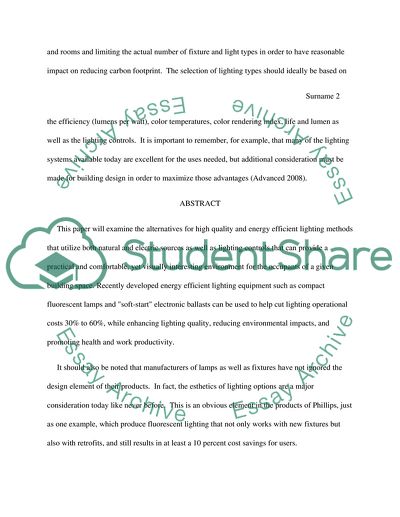Cite this document
(Consideration of Alternative Methods of Energy Efficient Lighting Assignment, n.d.)
Consideration of Alternative Methods of Energy Efficient Lighting Assignment. Retrieved from https://studentshare.org/environmental-studies/1744942-proposal-for-novel-efficient-lighting
Consideration of Alternative Methods of Energy Efficient Lighting Assignment. Retrieved from https://studentshare.org/environmental-studies/1744942-proposal-for-novel-efficient-lighting
(Consideration of Alternative Methods of Energy Efficient Lighting Assignment)
Consideration of Alternative Methods of Energy Efficient Lighting Assignment. https://studentshare.org/environmental-studies/1744942-proposal-for-novel-efficient-lighting.
Consideration of Alternative Methods of Energy Efficient Lighting Assignment. https://studentshare.org/environmental-studies/1744942-proposal-for-novel-efficient-lighting.
“Consideration of Alternative Methods of Energy Efficient Lighting Assignment”, n.d. https://studentshare.org/environmental-studies/1744942-proposal-for-novel-efficient-lighting.


